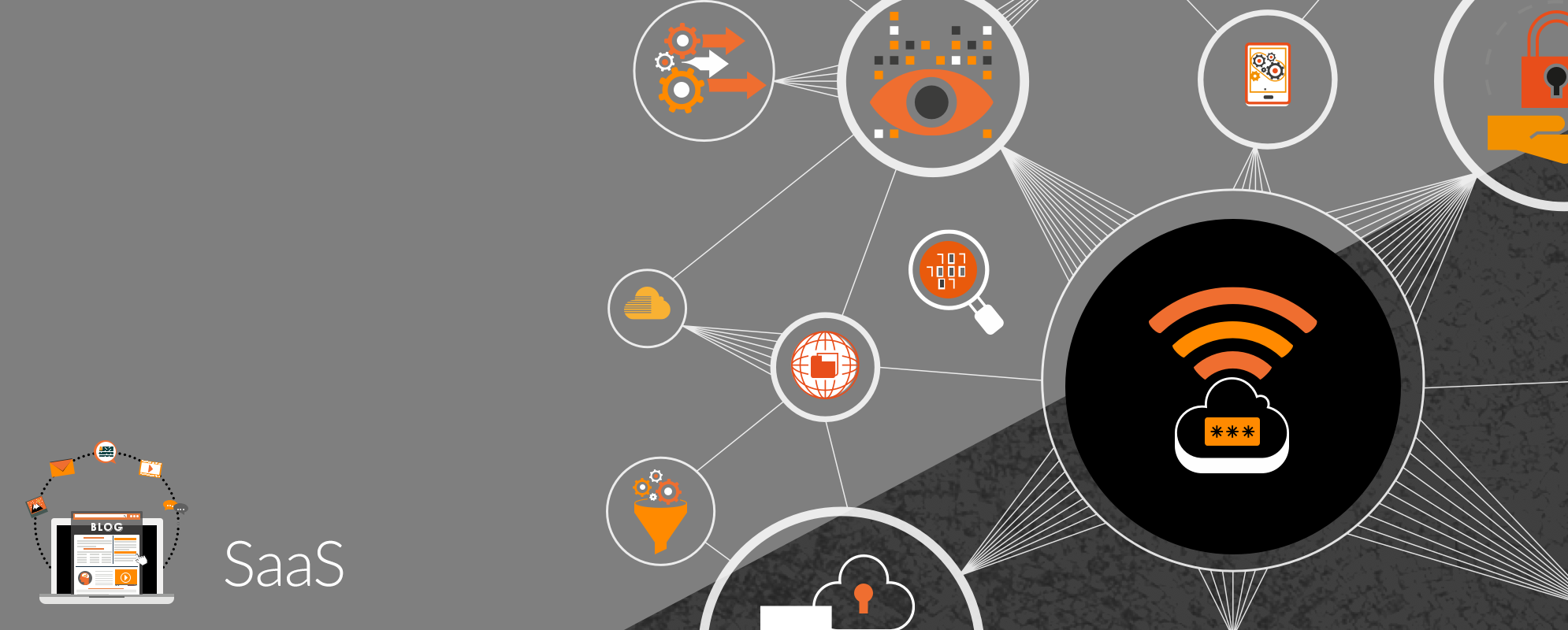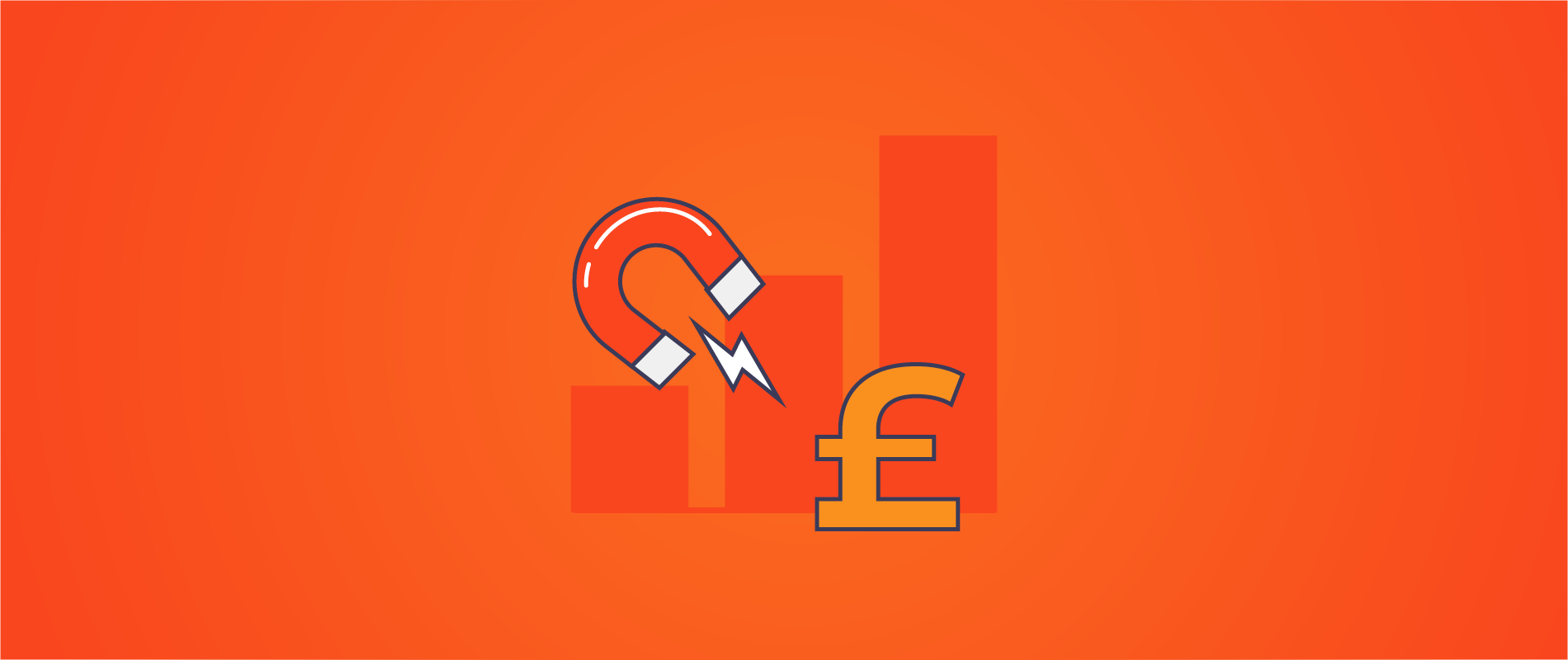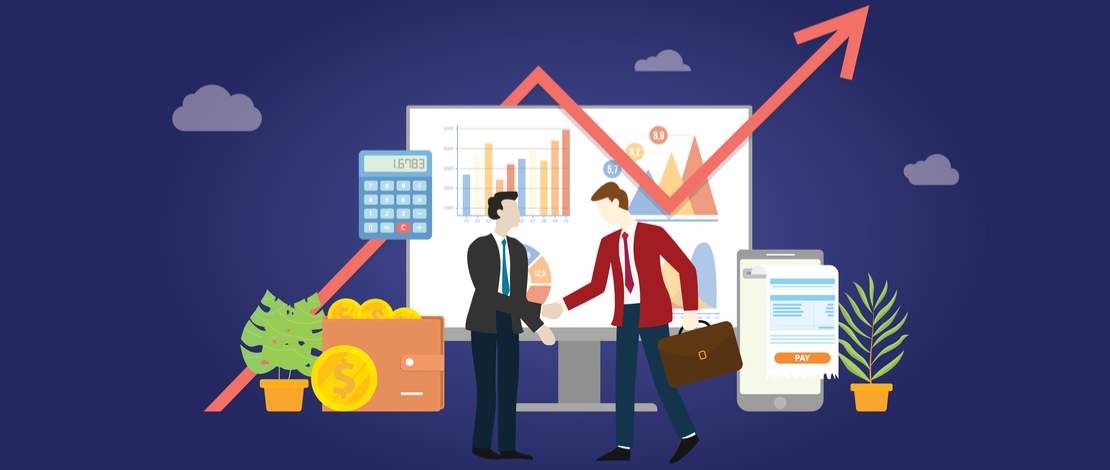
Get weekly
HubSpot updates
Selling software as a service (SaaS) in a B2B environment can throw up new hurdles that other B2B companies don’t need to face. In this blog, we are going to run through what makes SaaS selling different and how this can affect your marketing and sales planning.
It’s not just about the initial sale
Unlike selling a stand-alone product to a business, when you’re pitching SaaS, you are also tasked with selling the aftercare, support and ongoing benefits of choosing your solution. As a SaaS business, you will not only need to be measuring your number of new customers, but also the churn rate of existing customers, the monthly recurring revenue (MRR) and your lifetime customer value (LVC). This will help you to really see how well your business is growing and provide insight into whether your SaaS solution is delivering what is being promised in the sales process, continuing to delight your customers.
As part of your marketing strategy, you will need to include a plan for the delight stage of your buyer’s journey. Here are some quick wins you can implement to start delighting your customers:
- Set up an automated email sequence to provide tips and tricks for new users to help them get the most out of your software in their initial set-up.
- Send an NPS survey regularly to your customers to see how they rate your software and support.
- If you have made any changes or introduced new features due to customer feedback, shout about it so customers can see how you listen to their comments.
You need to pitch the business case for investing in your solution
Depending on the scope of your SaaS solution, you may be asking your prospects to implement company-wide changes in their processes, such as introducing a new CRM or HR system, and any changes to the status quo can always come up against some resistance. This can mean that your sales and marketing teams need to:
- Produce sales content to appeal to all the stakeholders to help with buy-in.
- Highlight the benefits of using your software against the pain points your solution solves. Show how using your software allows your prospects to get back to doing what they’re good at.
- Show real results from real businesses. Case studies are vital for any B2B sales process, but can have an even bigger impact in SaaS; they can make your software feel more tangible, helping customers to getter a better sense of the results your solution offers and how this can impact their own targets.
Content truly is king
Any marketer will know how important content marketing is to their overall digital marketing strategy; however, it is even truer for SaaS companies.
You only need to look at the likes of HubSpot, Moz and Buffer to see how well content marketing can build your brand awareness and propel your SaaS company’s growth. By creating engaging, useful content that speaks to your buyer personas needs and pain points, you can start to build your brand as a thought leader in your field, making you the clear choice above your competitors.
If you haven’t already, get your sales and marketing team together and brainstorm all the frequently asked questions your sales team gets. You can then work the solutions into your content marketing strategy to streamline the content you’re creating; this also provides your sales team with useful tools to forward onto the prospects they’re working on.
Prospects can try before they buy
Unlike buying a new printer for the office, the typical SaaS sales process means that SaaS businesses are able to offer free trials at the click of a button.
Not only does this allow prospects to see the value of your software before they invest, but as a salesperson, you can clearly identify the prospects that are genuinely interested in your solution by those who first sign up for a free trial and secondly, how much they use it.
With this information, reaching out via phone is much easier than cold calling, and you can run through some of the features you have seen them use or what else you would recommend they try during their free trial to get the most out of it.
This can also be done via an automated email sequence, sending a one-to-one email to those in a free trial, offering them tips and tricks to get the most out of their free trial.

